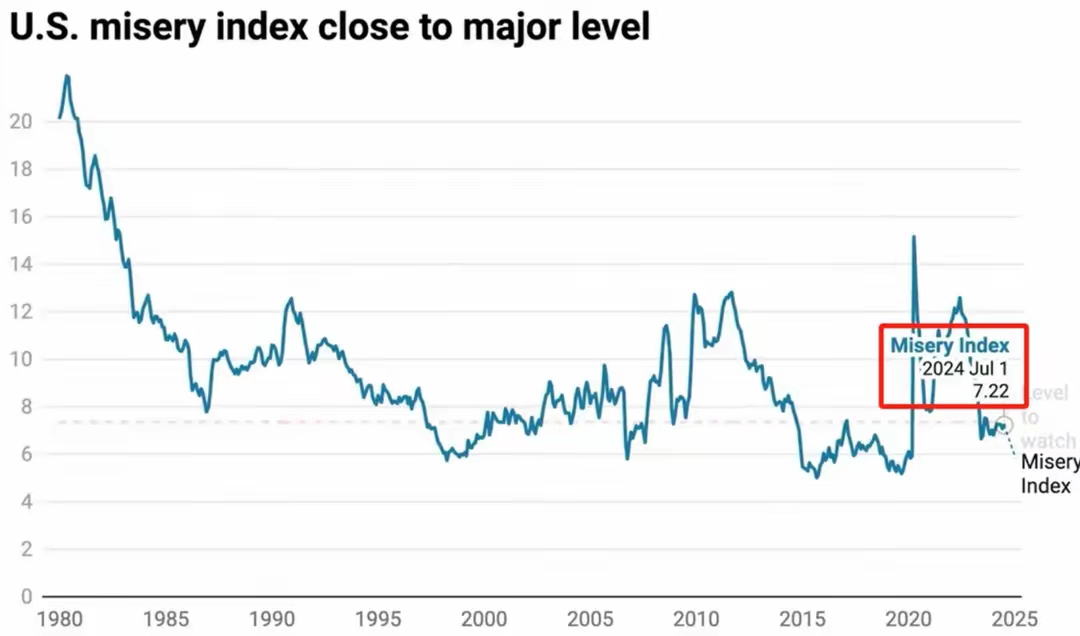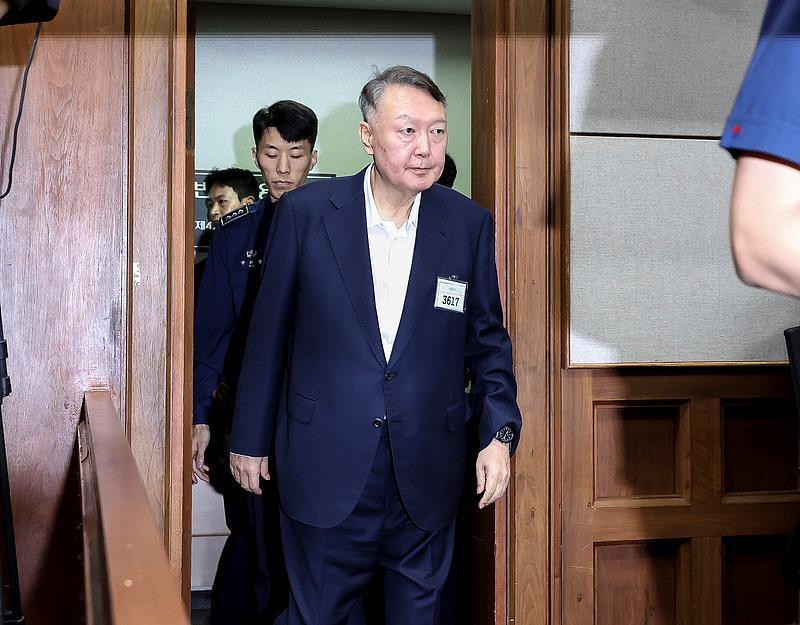
On September 20th, against the backdrop of a complex and ever-changing global economic situation, every move made by the Federal Reserve touched the nerves of the market.
After the Federal Reserve lowered its benchmark interest rate by 50 basis points, it officially launched its first easing cycle since the outbreak of the pandemic. However, surprisingly, the US dollar bond fund did not rise as expected, but instead experienced a sharp decline. This phenomenon has aroused widespread attention and in-depth thinking in the market. What exactly caused the US dollar bond fund to decline instead of rising after the Federal Reserve cut interest rates?
In financial markets, expectations often play a crucial role. Before the Federal Reserve cut interest rates, the market had been anticipating a rate cut for some time. Investors are adjusting their investment portfolios one after another, laying out assets that may benefit from interest rate cuts in advance. As a relatively stable investment product, US dollar bond funds have naturally attracted the attention of many investors.
However, when the Federal Reserve actually announced a 50 basis point interest rate cut, the market found that this measure had been largely digested in advance. Investors had already bought US dollar bond funds in their previous expectations, causing their prices to rise before the interest rate cut. When the interest rate cut really came, due to the lack of more surprises, the market experienced profit taking, resulting in a decline in the price of US dollar bond funds.
Although the Federal Reserve's interest rate cuts are often seen as a stimulus measure for the economy, they also reflect the severity of the current economic situation. Under the influence of factors such as slowing global economic growth, ongoing trade frictions, and rising geopolitical risks, the market remains highly uncertain about the future economic outlook.
For US dollar bond funds, the uncertainty of the economic outlook will have multiple impacts on them. Firstly, a slowdown in economic growth may lead to a decrease in corporate profitability, thereby increasing the risk of bond defaults. Investors may reduce their investment in bonds, especially high-risk corporate bonds, in order to avoid risks. Secondly, uncertainty can also affect market liquidity. In times of uncertain economic prospects, investors tend to be more cautious and reduce trading activities, leading to a decrease in market liquidity. This will also have a negative impact on the price of US dollar bond funds.
The 50 basis point interest rate cut by the Federal Reserve has lowered the market interest rate level in the short term, but there is still great uncertainty in the future trend of interest rates in the market. On the one hand, it remains to be seen whether the Fed's interest rate cuts can effectively stimulate economic growth. If the economic situation does not improve significantly, the Federal Reserve may take further interest rate cuts, thereby causing interest rates to continue to decline. On the other hand, if there is an unexpected improvement in the economy, the Federal Reserve may also pause or even raise interest rates to prevent the economy from overheating.
For US dollar bond funds, the uncertainty of interest rate trends is an important risk factor. If interest rates continue to decline, bond prices may rise, benefiting US dollar bond funds. But if interest rates rebound, bond prices may fall, leading to damage to the US dollar bond base. In the current market environment, investors have significant differences in their judgments on the trend of interest rates, which has also exacerbated the price fluctuations of US dollar bond funds.
Inflation is another important factor affecting bond prices. When the inflation rate rises, the actual yield of bonds will decrease, leading to a decline in bond prices. Against the backdrop of the Federal Reserve's interest rate cuts, market concerns about inflation are also increasing.
In summary, the reasons for the significant drop in the US dollar bond market after the Federal Reserve cut interest rates by 50 basis points are multifaceted. The early response of market expectations, uncertainty of economic prospects, uncertainty of interest rate trends, concerns about inflation, and other factors all work together to affect the price of US dollar bond funds. In the current complex and ever-changing market environment, investors need to analyze the market situation more cautiously, adjust their investment portfolios reasonably, in order to reduce risks and achieve asset preservation and appreciation.

The South Korean political arena has once again been embroiled in a public controversy over a judicial investigation that has shaken the entire nation.
The South Korean political arena has once again been embroi…
On the morning of December 29th local time, the precious me…
According to the US media Barchart, recently, the fluctuati…
On December 29th, Mar-a-Lago in Florida, USA, witnessed a h…
SoftBank Group announced on Monday that it has agreed to ac…
Recently, the US State Department issued a visa ban, adding…